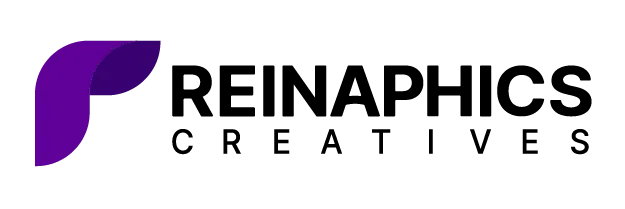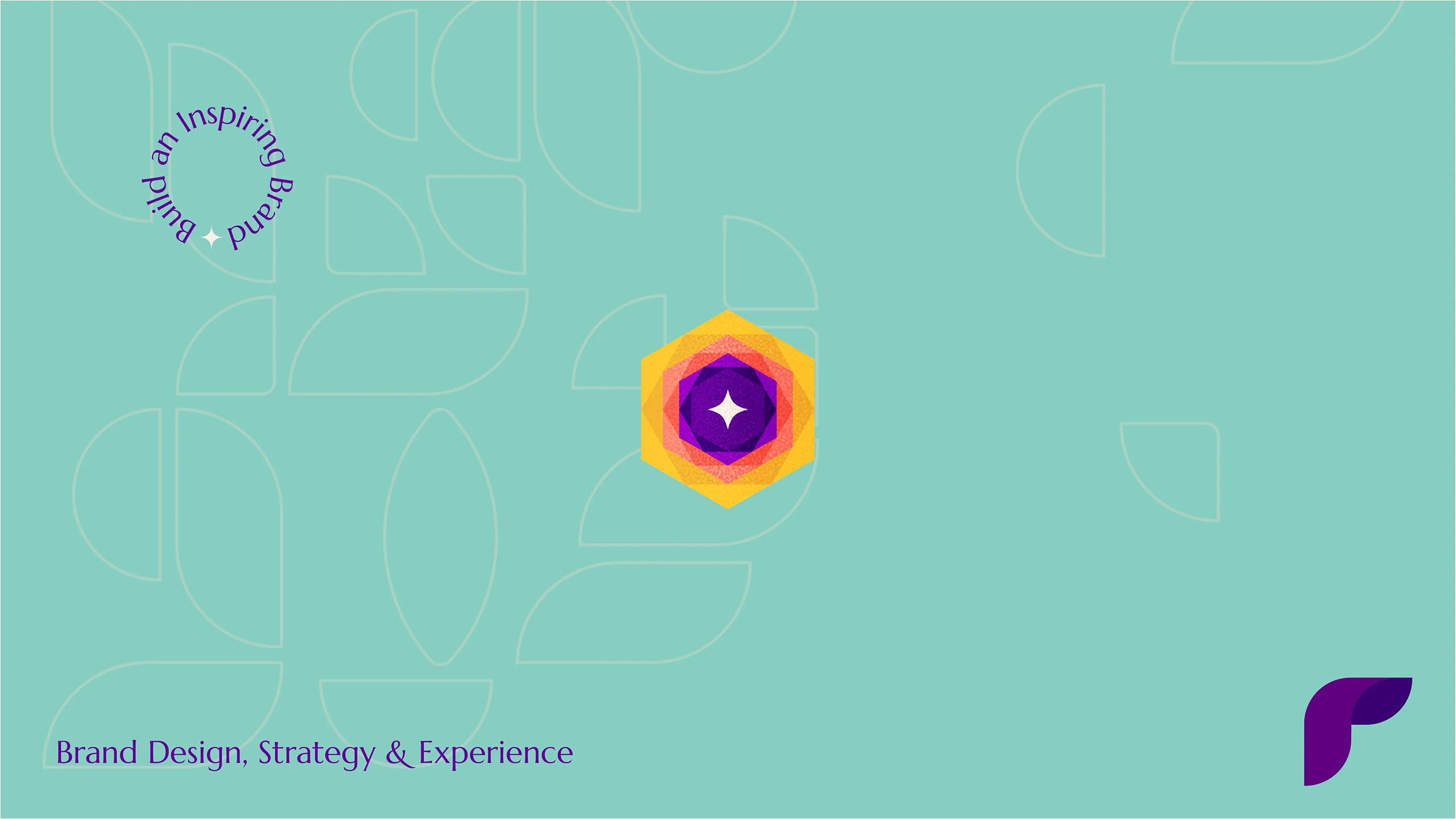If potential customers visit your site and don’t see a cohesive brand experience, they may leave immediately because they think the rest of your business isn’t as well-branded.
In this article we’ll explore some simple ways you can ensure your web presence is aligned with your overall brand strategy:
Audience Profiles:
You have a great product.
You know it’s going to be a hit with your target audience. But who are they? And how can you reach them?
The first step in creating an effective branding strategy is to understand your audience’s needs, interests and behaviors. You need to know who your potential customers are and what their lives look like.
- What do they want?
- What problems do they face on a daily basis?
- What are the goals they’re trying to accomplish?
Once you’ve figured out the answers to those questions, it’s time to build customer profiles and user groups—and we mean really get into the details of what makes up each group.
- Do they have different needs?
- How do those needs impact how you market or sell your product or service?
- Are there different ways to market your product depending on which group someone falls into?
By answering these questions carefully and thoughtfully, you’ll be able to create clear strategies for marketing your product and reaching out to customers in ways that will resonate with them personally.
Brand Strategy:
Your brand strategy sets the foundation of your website and business. It helps you decide who you are and what you stand for, so that you can build your business on a strong foundation. It’s the first step in determining how you want to be perceived, and how you want to be represented.
It’s important to identify your brand’s essence and messaging pillars early on—what makes your company unique, and how can you communicate that to customers?
Your brand strategy will help you identify your brand’s purpose, vision, mission & goals. It’s what makes you unique, and helps you define who your brand is.
Without a clear strategy, it can be difficult to make decisions in the future, or even know what decisions need to be made.
The goal of this exercise is to create consistency across all touchpoints, so that your customers can easily recognize who you are and what you do regardless of where they encounter your business or its products/services (e.g., website, mobile app).
Tone of Voice & Personality:
Tone of voice is a key component to your brand’s consistency.
It informs the language that you could use to talk to your ideal audience. It also helps with establishing a unique voice for your brand, and helps differentiate it from competitors.
Brand personality sets the direction for visual representation by setting expectations with customers on how they should expect future communications from the company.
Storytelling:
Storytelling is a great way to engage your audience and it can help you to build trust with them. It’s also a great way to tell your story and get across the message that you have something of value to offer.
Storytelling in website helps you connect on a human level by showing off your personality and bringing some of your life into the writing. It also allows you to relate to your audience’s life experiences in a way that’s relatable and personal.
One major benefit of storytelling is that it makes it easier for readers to follow along with what you’re saying since they’re not just getting information but actually being told a story.
It can also make it easier for readers to remember what they read about your company / service.
Content Plan:
Content structure is the backbone of your website. This helps you build a user flow or journey throughout the website, which can help to retain users and gain new ones.
You’re probably familiar with the term “user flow” or “user journey,” but what is it, exactly?
To put it simply, a user flow is the structure of your website. It’s how a user moves through your site and interacts with it. It’s a roadmap to help you understand how people engage with your content, and why they do or don’t stay on your site.
A good content & user flow will keep users engaged and interested in your brand, and will help you retain them as well as gain new ones.
A good content structure can make it easy for users to navigate the site, find what they’re looking for, and return to the site again in the future.
Bespoke Design:
We believe that design is the most important element of a website to become successful. It has the power to make you stand out from your competitors and make your brand memorable.
The design should be tailored to your brand strategy, audience and content plan & structure. A unique, tailored design can communicate what your business is all about and why it matters—to you and your audience.
It’s important to remember that your website is the face of your business. You have to make sure that everything designed fits into your brand’s overall aesthetic vision, so that when people visit your website they feel like they’re entering an experience designed just for them.
The design should also be user-friendly, in such a way that it engages the visitors and helps them navigate through your website easily.
These tips will help to get your website design to be aligned cohesively with your branding activities.
Your website is the most important marketing tool you can use to attract new readers and keep them engaged. The way you brand your website will affect how people perceive your business, so it’s important to make sure that branding is consistent across all of your channels.
Let’s summarize the tips for keeping your website’s branding cohesive:
- The first step in creating an effective website that is ‘On Brand’ is to understand your audience’s needs, interests and behaviours.
- Second is your brand strategy that sets the foundation of your website and business and helps to identify your brand’s essence & messaging.
- Having a unique voice & personality for your brand helps in differentiating it from competitors.
- Storytelling in website helps you connect on a human level in a way that’s relatable & personal.
- Clean & precise content structure is the backbone of your website. This helps you build a user flow or journey throughout the website.
- And last but not the least, the design should be tailored to your brand strategy, audience and content plan & structure.
Final Thoughts:
There are many ways to create an effective brand and keep it consistent across all your marketing activities, from advertising to packaging. But the most important thing is that you have a clear strategy and stick with it.
Don’t just throw anything together; make sure everything you do communicates your brand values and aligns with your overall goals.
If you would like to know how we build websites for our clients, explore our branding & website design works & case studies here. If need assistance in any aspect of online or offline brand identity including brand strategy, logo design, brochure design, website design etc., please leave a message and we will get in touch with you.




